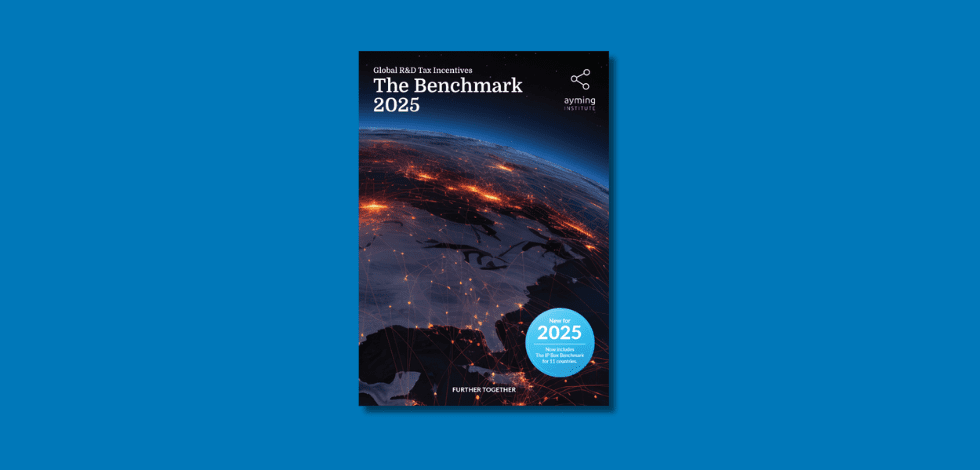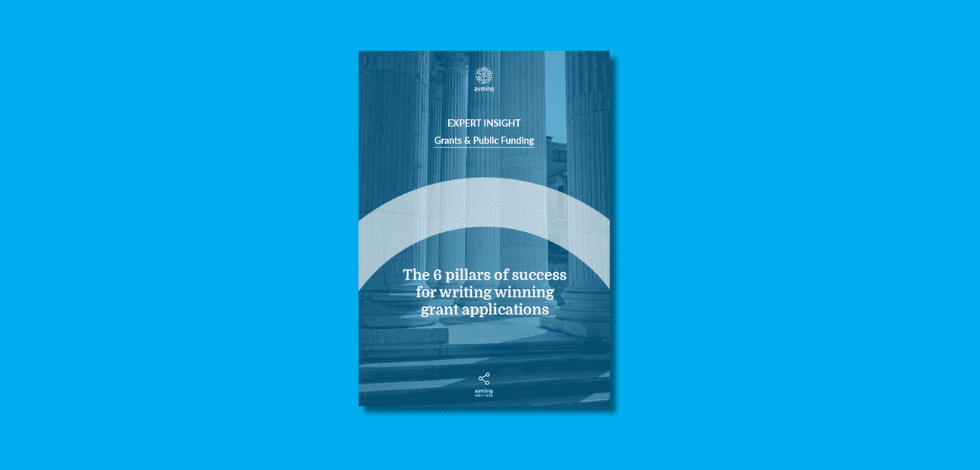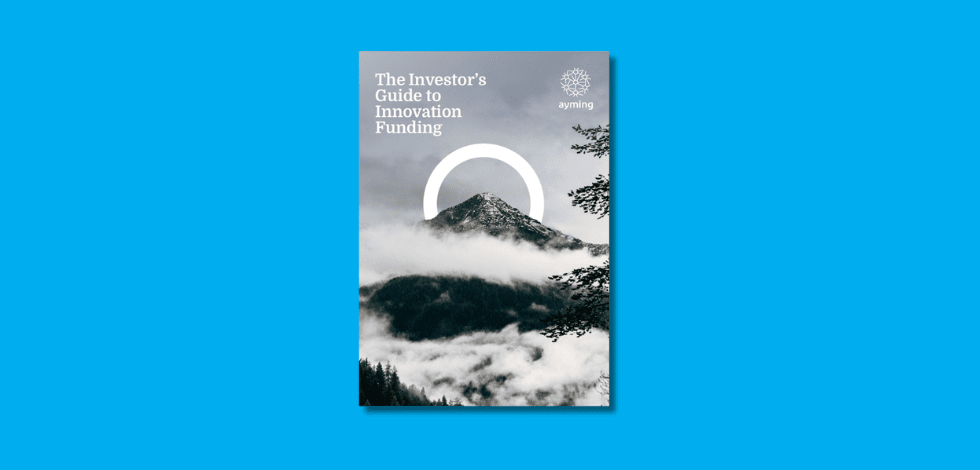Renewable energy might be tipped as being one of the fastest-growing power sources over the next few decades, but oil and gas are still very much vital components in the world’s modern energy make-up.
While it’s encouraging to see the renewables sector evolving at a rapid pace, it’s equally encouraging to see that there’s still a need, a growing need, to extract precious finite natural resources, like oil and gas. Take oil demand, for instance, globally, oil consumption rose by 11% from 86 million to 95 million b/d during the worst economic times since the 1930s.
Furthermore, the Organisation of the Petroleum Exporting Countries (OPEC) and non-OPEC producers recently met to discuss extending their deal to cut output by 1.8 million barrels per day beyond March 2018 – a sign that the recent turbulent times might be starting to level out.
And of course, the Paris Agreement will undoubtedly impact oil demand. As per the agreement, 97 countries have pledged to reduce global carbon emissions, a move that reinforces the need for the industry to adapt and evolve in order to survive.
Challenging dilemma
It’s a really positive picture. But if you were to scratch beneath the surface, it’s a picture that provides an interesting, complex and extremely challenging dilemma for companies that operate within the oil and gas industry.
How can they keep up with market demand? What can they do to stay competitive? And how can they make sure they continue to survive within this economically challenging industry.
It’s no secret that, for many companies, the answer to overcoming key challenges like those mentioned above lies in being innovative.
From the development of the roller-cone drill bit in 1909 and the deployment of Operation PLUTO to provide vital oil across the English Channel after the D-Day Landings to the operation of the industry’s first tension-leg platform in 1984, the oil and gas industry is no stranger to innovation. Over the years, it has played an integral role in helping unlock valuable oil reserves often considered too difficult or costly to extract.
As previously mentioned, innovation has played an integral part in the oil and gas industry so far. And it’s set to continue to shape its future too. Take Statoil in Norway, which has developed its own technology and brought in and re-purposed other companies to deliver a commercially viable solution that enables ultra-heavy oil (which has never been extracted offshore before) to be extracted from the Mariner Field off the Shetland Islands. It’s achieved this, in a field that’s been seen as unviable in the past, through dedicated investment in innovation and they’re now set to reap the rewards for decades to come.
Future innovations that will aid the oil and gas industry (and further industries) are on the horizon as companies continue to rise to the challenges ahead. This is evident across the board. One example is Chevron, which developed a dedicated Innovation Zone lab in San Ramon, USA, to encourage creative and innovative solutions and teach its employees about concepts, including The Innovation Cycle. The list is endless…
Innovation incentive landscapes
It’s one thing being innovative, but businesses also need to understand how to effectively fund their innovation projects, particularly during times of economic hardship.
One tool that’s available, and something that the industry as a whole should be aware of, is innovation incentive landscapes. They apply to all types of businesses, large and small, and should be factored into their thought processes at all times.
It’s incredibly important that UK-based companies are proactive about considering funding their Research and Development (R&D) through grants, as well as identifying R&D within their commercial projects for which they can claim R&D tax relief for. And this is where innovation incentive landscapes come in.
Companies which get into the habit of mapping their innovation incentive landscapes, not only have a clearer understanding of which of their forecasted projects are eligible for future tax relief, they also benefit from more accurate financial forecasting. There tends to be greater consistency, simplicity and certainty with their R&D tax relief claims too.
Learning from previous lessons
However, given the industry-wide successes (many of which have been fuelled by innovation), there’s no escaping the ongoing challenges posed by the market landscape, which has dramatically changed in recent years. In 2011, we saw the price of Brent Crude Oil peak at $115 a barrel and in 2016, this dropped to a 13 year low of $28 a barrel.
Now, the industry as a whole is optimistically looking forward to the future, as oil and gas supply and demand steadily picks up. And as things develop, its important companies don’t overlook the valuable lessons they’ve learnt along the way. These include:
- Understanding how to reduce their long-term operation costs – rather than simply relying on cash injections or making staff cuts
- Diversifying their offering in respond to demand – so that they’re fully prepared, should the market ever drop again
Innovation is evident in all shapes and forms throughout the oil and gas industry, with some companies embracing it more than others.
At the very least, businesses should be making sure their innovation incentive landscapes are informing their strategic commercial decisions. In doing so, they’ll not only understand the R&D grants and tax relief that’s available to them, they’ll be able to position themselves so that they can qualify for incentives much earlier on in their projects, including failed project tenders.
This, in turn, will help them to reduce their overall costs and successfully diversify in response to market changes for years to come.
Discover how investing in R&D can enable oil and gas companies to lower their operating costs on a long-term rather than short-term basis in our next article, ‘R&D in Oil & Gas: Generating long-term sustainability’













No Comments